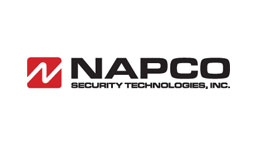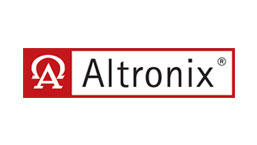Guilford County PSAP Reports on ASAP Implementation
Guilford County (Greenboro, NC) is one of the most recent PSAPs to implement the ASAP service. We recently checked in with Clay Kennedy, Guilford Metro 911 Systems Administrator, on how the implementation went and what results he’s seen since.
ASAP: Why did your PSAP adopt ASAP?
Kennedy: We implemented this because Guilford Metro 911 looked at is as a revolutionary interface. Any time we can streamline calls with accurate information ruling out human errors is always a plus. This interface has already proven to be faster than the old way of reporting alarms to our 911 agency.
ASAP: What your experience with the process of getting connected?
Kennedy: The overall experience was good. The biggest issue was trying to implement a production and a training side. Within NC, this is not possible because the state switch only routes it to one ORI. Once we put this interface into production, we did not migrate it back to training. All test calls with new alarm companies were sent to the live side. Bill Hobgood is one heck of a consultant and is knowledgeable about how the setup is between our CAD system and the ASAP-to-PSAP interface. The most time-consuming piece is the address verification between our PSAP and the alarm companies of what they have in their database. With this being a newish interface, our CAD vendor’s implementation team had somewhat of a learning curve. Once it was set up and running, it was solid. We do have to restart our message switch if the State of NC does anything on their end that is state-switch related. Our alarm company, in the ASAP program, notifies us of failed responses from our systems when the State does switch maintenance.
ASAP: What have been your initial findings since ASAP has been implemented?
Kennedy: Our agency’s calls via ASAP-to-PSAP average three seconds to route the call for dispatch. We currently have Vector Security; nine more are connecting to us soon. I would say we are still in our beginning stages to see a significant decrease in call volume. Our telecommunicators prefer the ASAP-to-PSAP method and we are keeping with the industry trends, resulting in a win-win overall.
ASAP: Any other thoughts on the process or outcomes?
Kennedy: Bill Hobgood does an outstanding job coordinating and communicating between the PSAP and the alarm companies. I love how the interface looks on SunGard’s end. The Nature Code Translation table is easy to set up and get to. If we want to create rejection rules for areas or specific calls then we can do so. Even though the phone call is not there in this interface, our telecommunicators, field responders, and Alarm Companies can communicate via messaging through the CAD system and across the PSAP and state message switches. Streamlining processes, cutting back on human errors, and faster response times with quality information are items that should be embraced in the field of 911 technologies.










Leave a Reply
Want to join the discussion?Feel free to contribute!